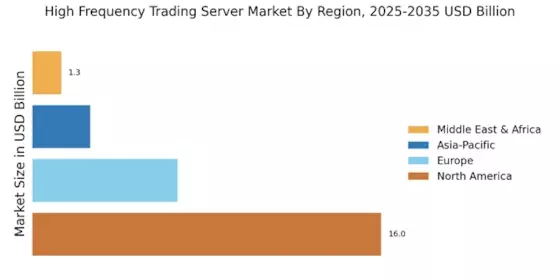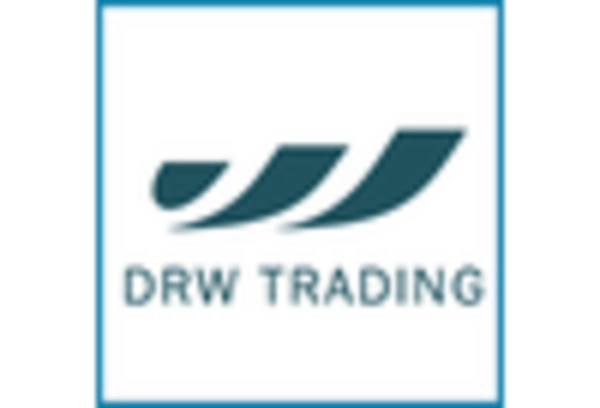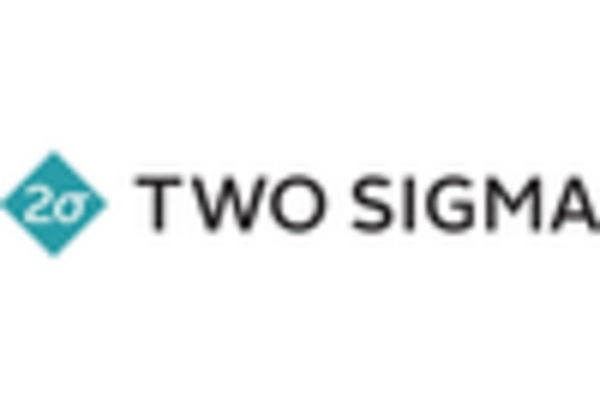Advancements in Technology
Technological advancements play a pivotal role in shaping the High Frequency Trading Server Market. Innovations in hardware and software, such as the development of faster processors and improved algorithms, enhance the performance of trading servers. These advancements enable traders to execute orders with minimal latency, which is crucial in high-frequency trading. The integration of cloud computing and big data analytics further empowers firms to analyze market trends and make informed decisions swiftly. As a result, the market is witnessing a surge in demand for sophisticated trading infrastructure, with estimates suggesting that the sector could reach a valuation of $5 billion by 2026.
Increased Market Volatility
The High Frequency Trading Server Market is experiencing heightened demand due to increased market volatility. This volatility, driven by geopolitical tensions and economic fluctuations, compels traders to seek rapid execution capabilities. As a result, firms are investing in advanced trading servers that can process vast amounts of data in real-time. According to recent data, the market for high-frequency trading servers is projected to grow at a compound annual growth rate of 10% over the next five years. This growth is indicative of the industry's response to the need for speed and efficiency in trading operations, as firms strive to capitalize on fleeting market opportunities.
Emergence of New Market Participants
The emergence of new market participants, including fintech startups and retail traders, is reshaping the High Frequency Trading Server Market. These entities are leveraging technology to enter the trading arena, often utilizing high-frequency trading strategies to gain a competitive edge. The influx of new players is driving innovation and competition within the market, prompting established firms to enhance their trading infrastructure. This trend is likely to result in a more dynamic market landscape, with estimates suggesting that the number of active trading firms could increase by 20% in the coming years, further fueling the demand for advanced trading servers.
Growing Adoption of Algorithmic Trading
The growing adoption of algorithmic trading strategies is a significant driver for the High Frequency Trading Server Market. As more institutional investors and hedge funds embrace algorithmic trading, the need for robust trading servers becomes increasingly apparent. These servers facilitate the execution of complex trading strategies that rely on algorithms to analyze market data and execute trades at optimal times. Recent statistics indicate that algorithmic trading accounts for over 70% of all trading volume in major markets. This trend underscores the necessity for high-performance trading servers capable of handling large volumes of transactions efficiently.
Regulatory Changes and Compliance Requirements
Regulatory changes and compliance requirements are influencing the High Frequency Trading Server Market. As financial markets evolve, regulatory bodies are implementing stricter guidelines to ensure market integrity and protect investors. This has led to an increased demand for trading servers that can support compliance measures, such as transaction reporting and risk management. Firms are investing in technology that not only enhances trading performance but also ensures adherence to regulatory standards. The market is expected to see a rise in demand for compliance-focused trading solutions, with projections indicating a potential increase in market size by 15% over the next few years.


















Leave a Comment